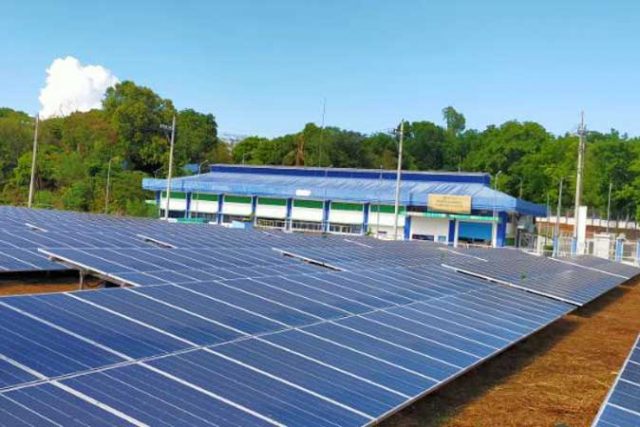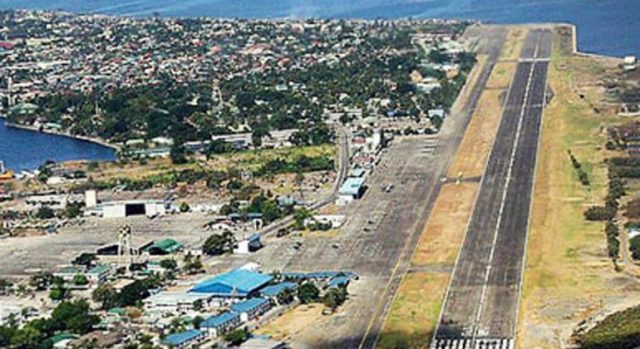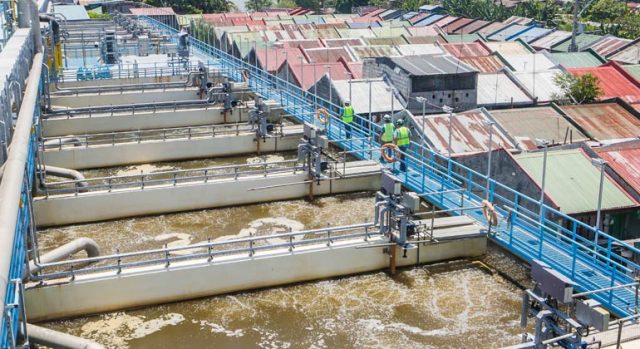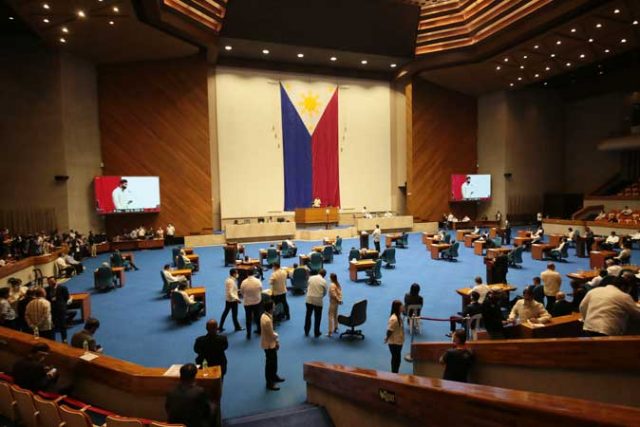FITCH SOLUTIONS said the supply of nickel is expected to rise because of a 33% year-on-year increase in Indonesian output, and forecast prices to average $16,500 per ton this year.
In a report, Fitch Solutions said its previous forecast of $18,180 per ton was adjusted after prevailing year-to-date prices slipped below that level to about $17,382 per ton, as Indonesian production rose.
“We forecast Indonesian nickel metal production to experience 33.0% year-on-year growth in 2021, and Chinese nickel inventories at seven key ports have begun to show signs of increasing likely for the remainder of the year with domestic mining activity recovering at the end of the rainy season in the Philippines,” it said in the report.
Fitch Solutions said Chinese demand for nickel, used in stainless steel production, remains strong, with that country’s stainless steel output up 23.5% year on year in the first quarter.
In the Philippines, Fitch Solutions said nickel ore prices dropped between 11.5% and 21% from their March levels but were stable in May.
“(This is suggesting) looser demand dynamics, in combination with recovering mining activities following the end of the rainy season” in parts of the Philippines where the mineral is mined. Solid growth in demand in 2021 will keep the overall nickel market in deficit, pushing prices above the 2020 average of $13,860 per ton up to $16,500 per ton,” Fitch Solutions said.
Over the long term, Fitch Solutions said nickel prices are expected to rise gradually with the global supply-demand balance still negative.
“Nickel demand is expected to remain supported, particularly due to China, as the construction and autos industries continue to grow,” Fitch Solutions said.
“The rise in demand will exceed production growth in the short term, underpinning a prolonged deficit in the market, pushing prices higher. Rising prices will then incentivize smelters to ramp up output over the long term, pushing the market deficit back into balance,” it added.
Fitch Solutions said the electric vehicle market will also be a demand driver for nickel, adding that manufacturers are starting to use more nickel in batteries.
“We expect this trend to begin taking hold over the coming years as consumers favor electric vehicles with longer range between recharges, making nickel-based battery compositions the optimal choice for vehicle producers,” Fitch Solutions said.
Asked to comment, Nickel Asia Corp. Vice-President for Corporate Communications Jose Bayani D. Baylon said the projections are expected to have little impact on the company.
“Our targets are based on our long term mine plans, so they’re not affected by this report. Our sales volume has averaged around 18.7 million wet metric tons (WMT) in the last five years,” Mr. Baylon said.
“The Fitch report in general reflects our own positive outlook about our business — whether in the short medium or long term,” he added. — Revin Mikhael D. Ochave













